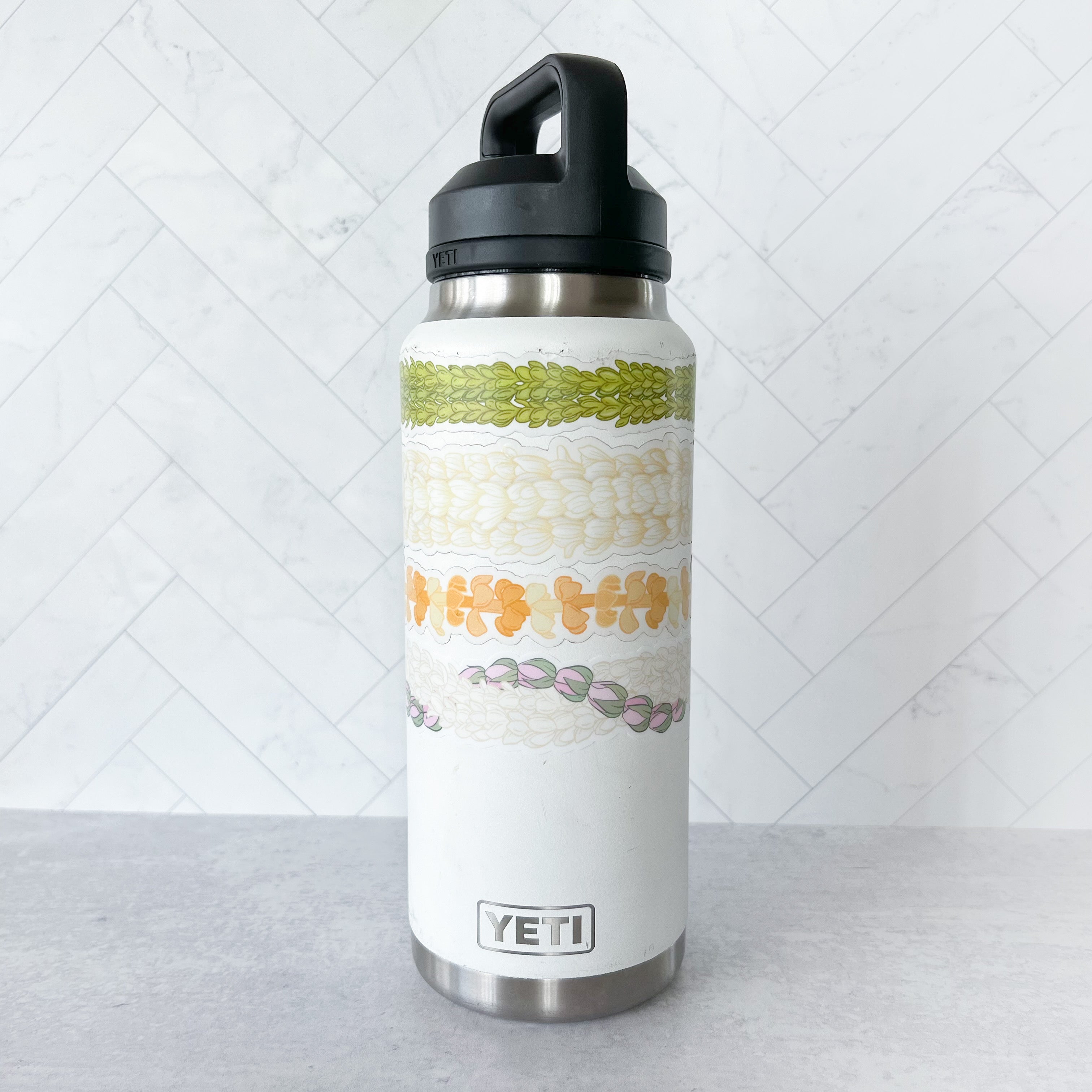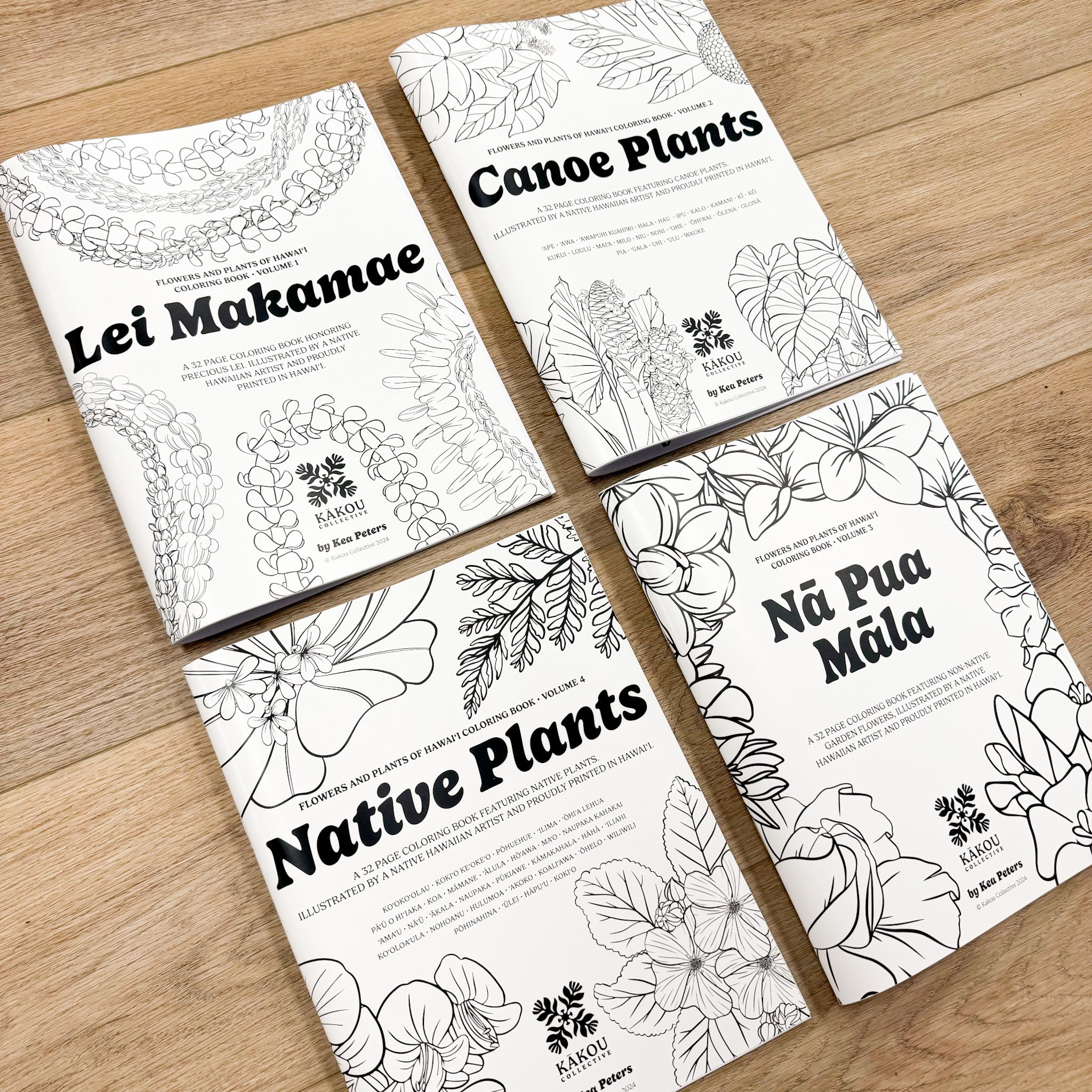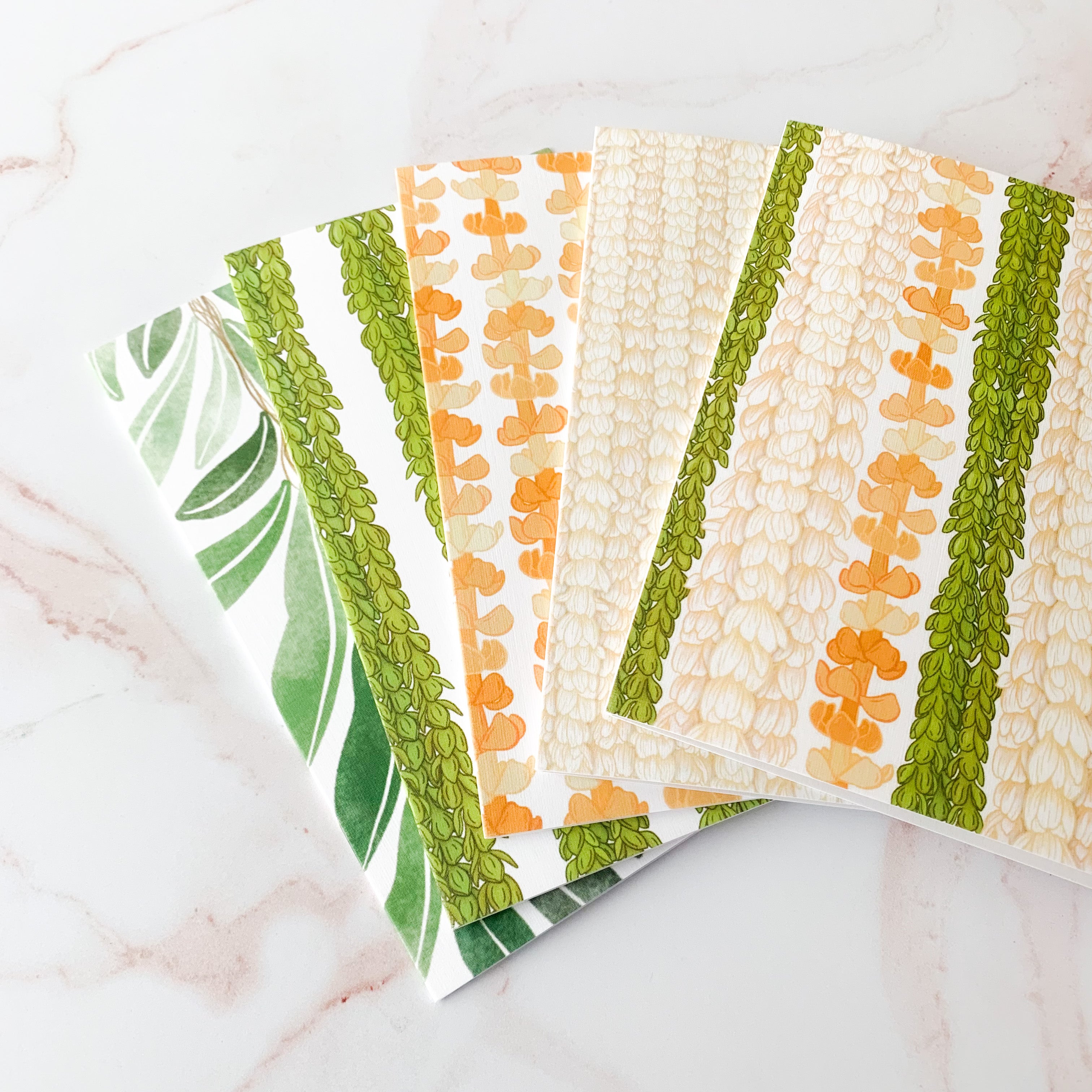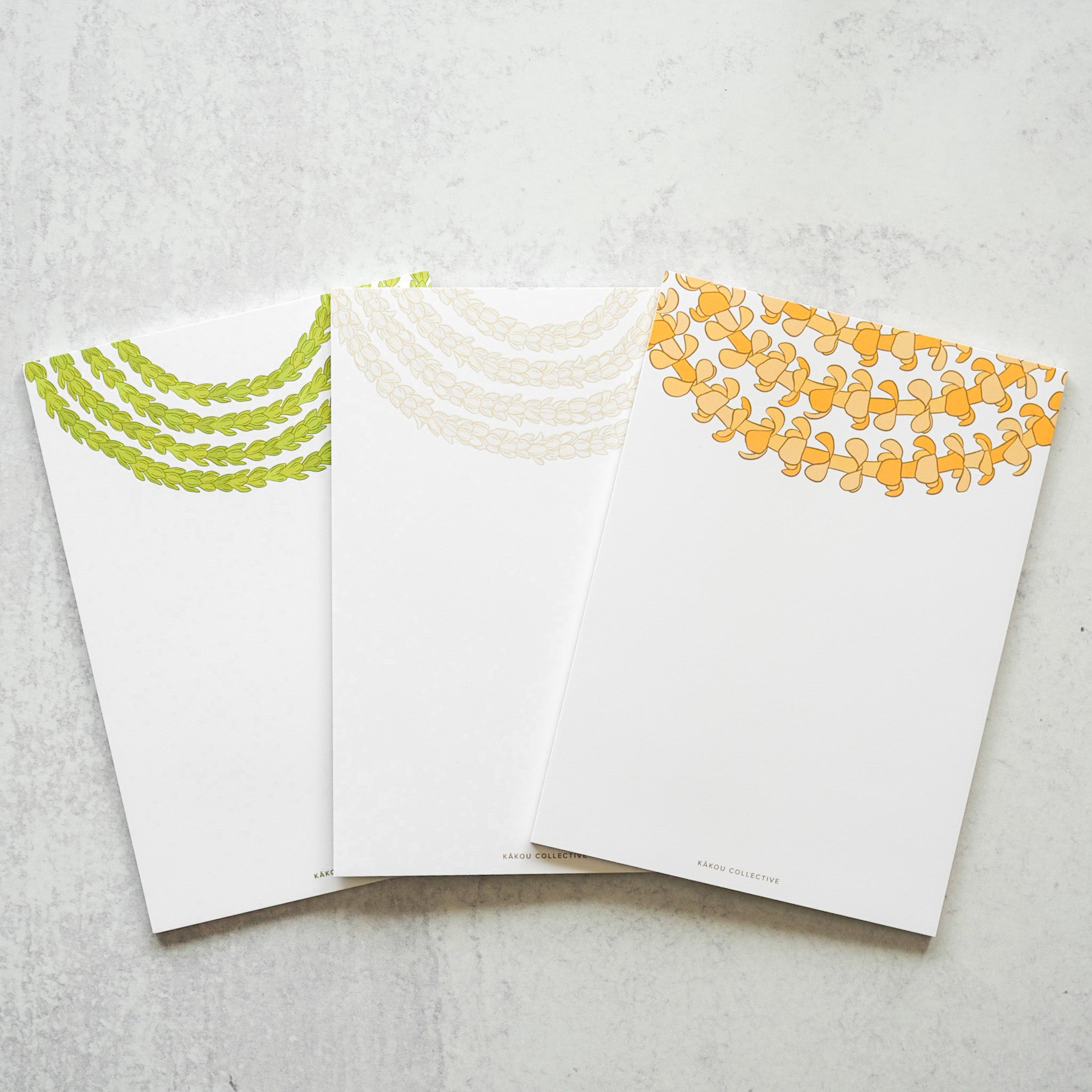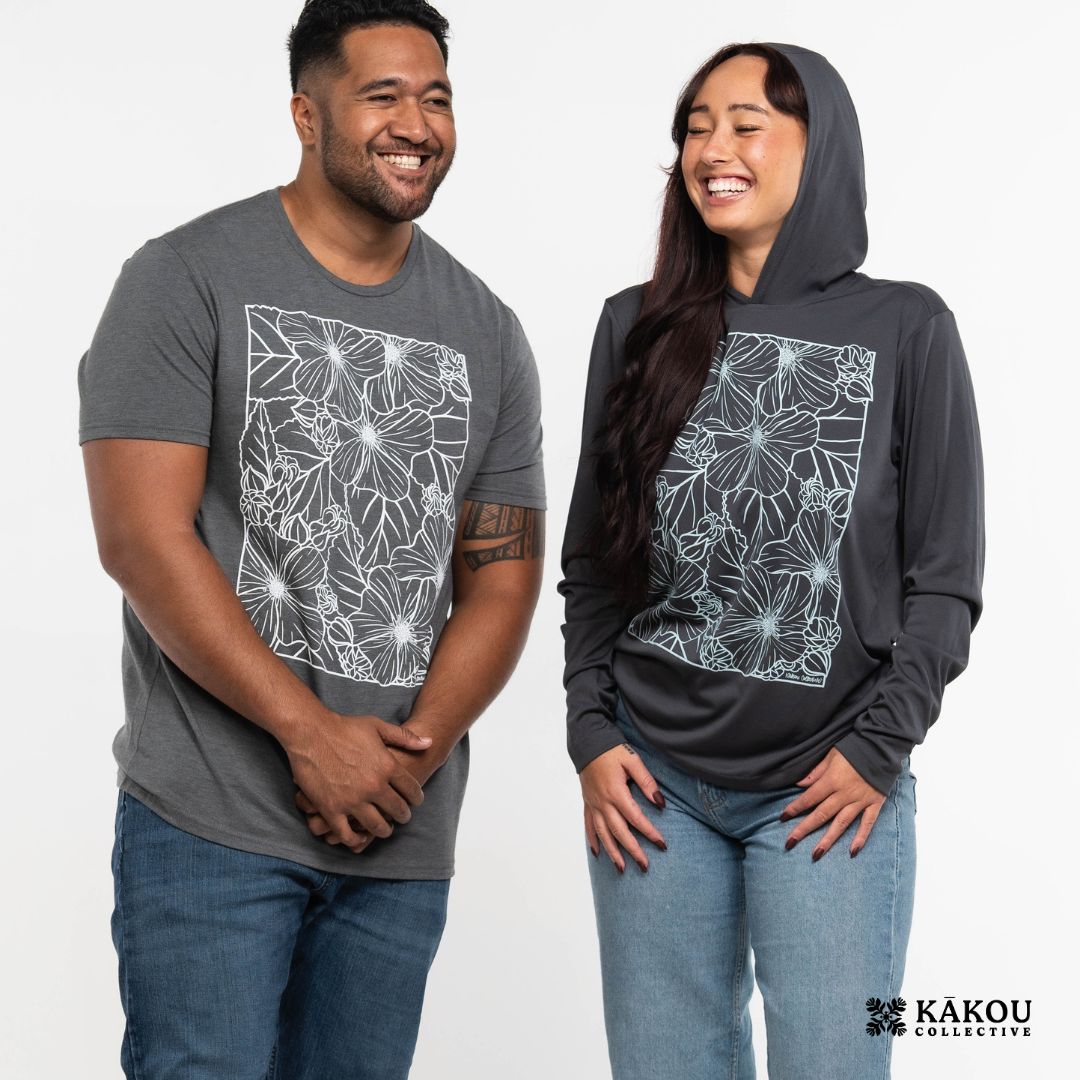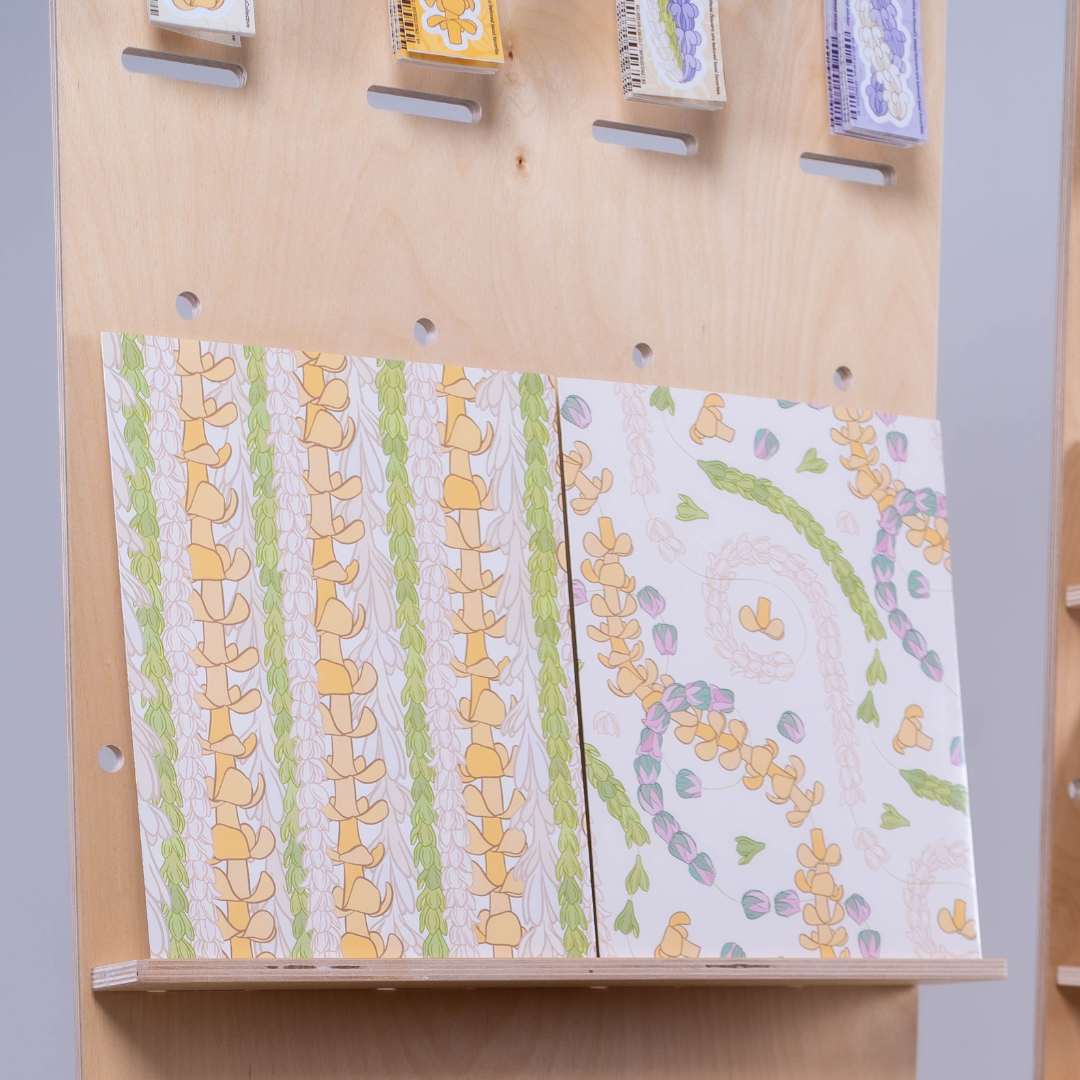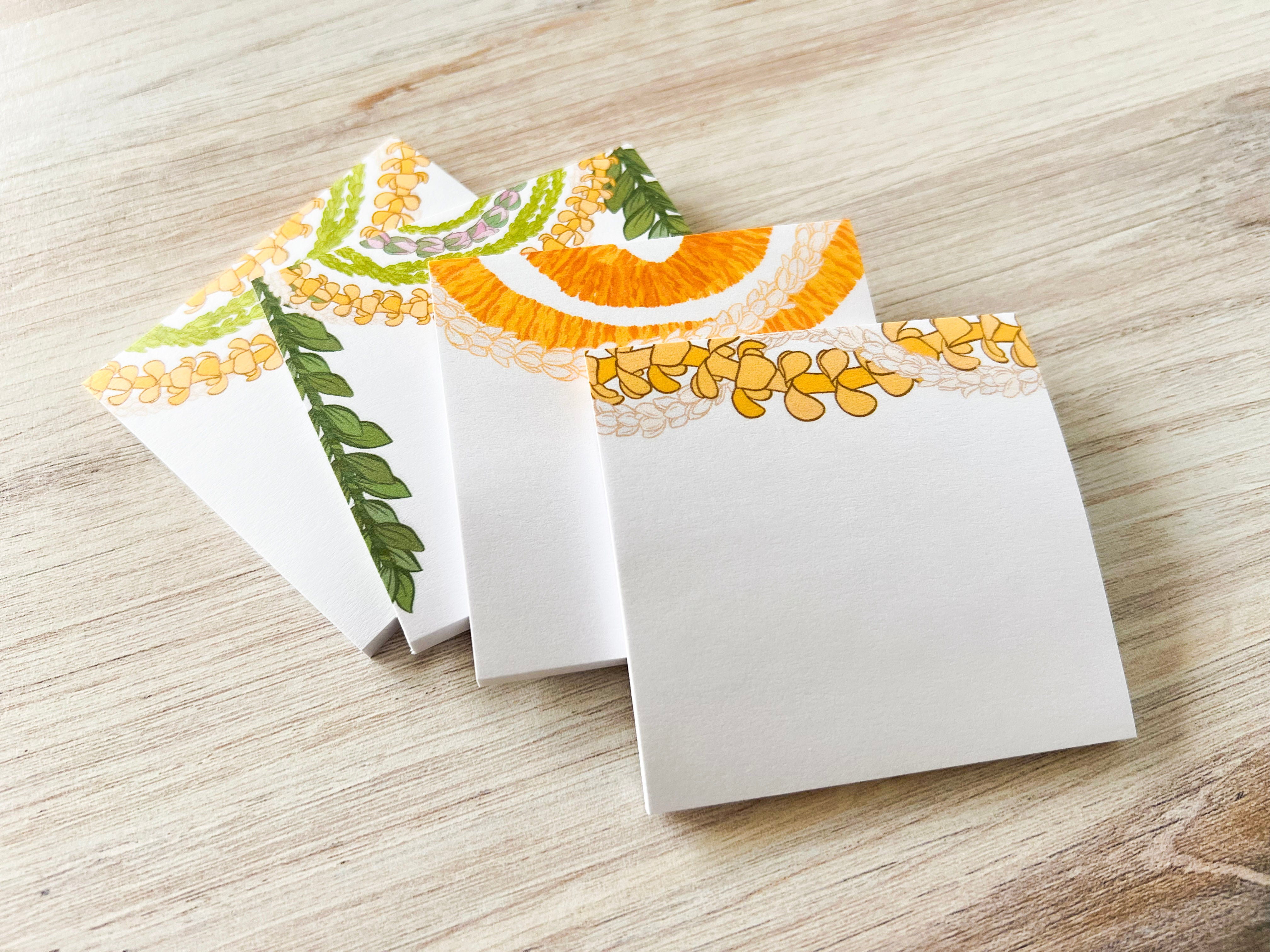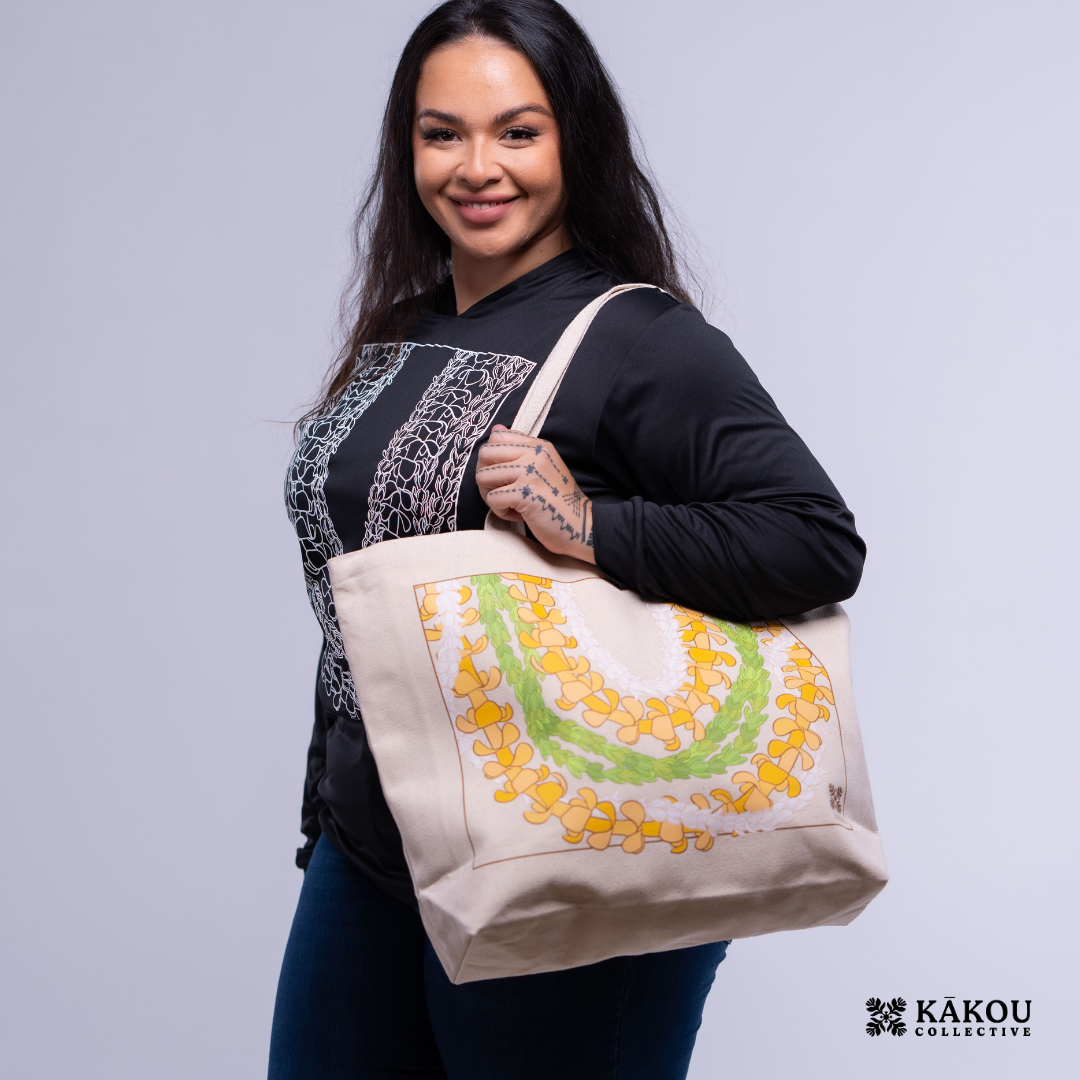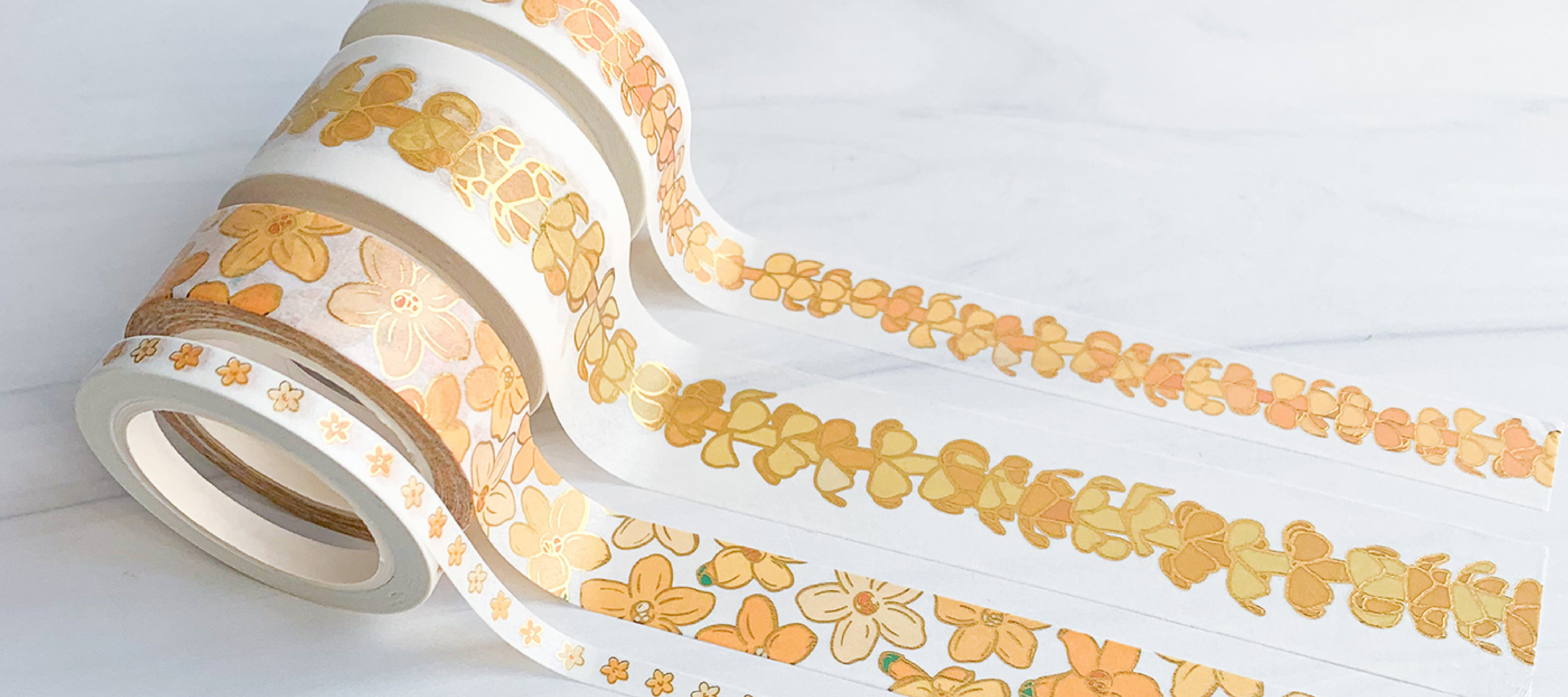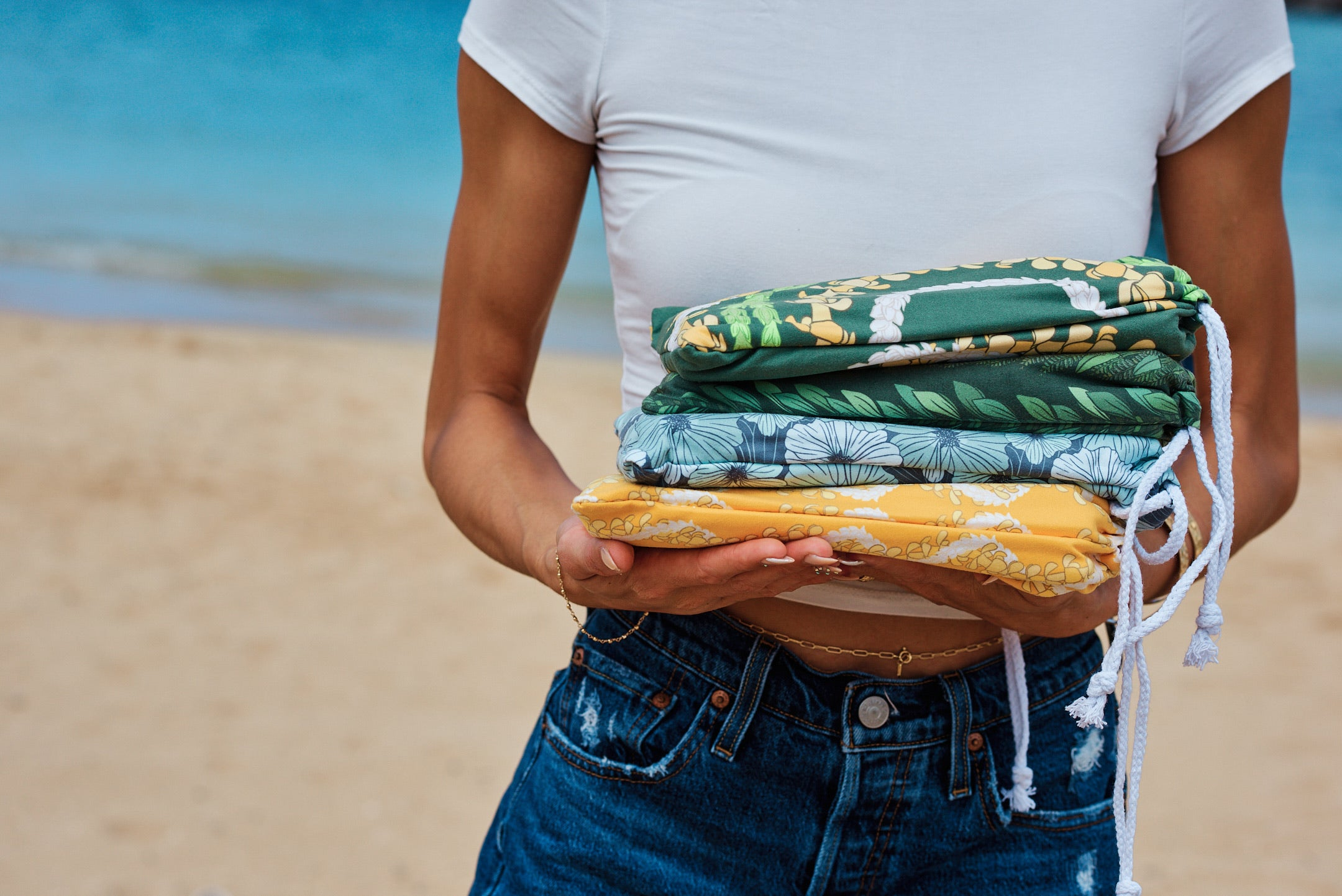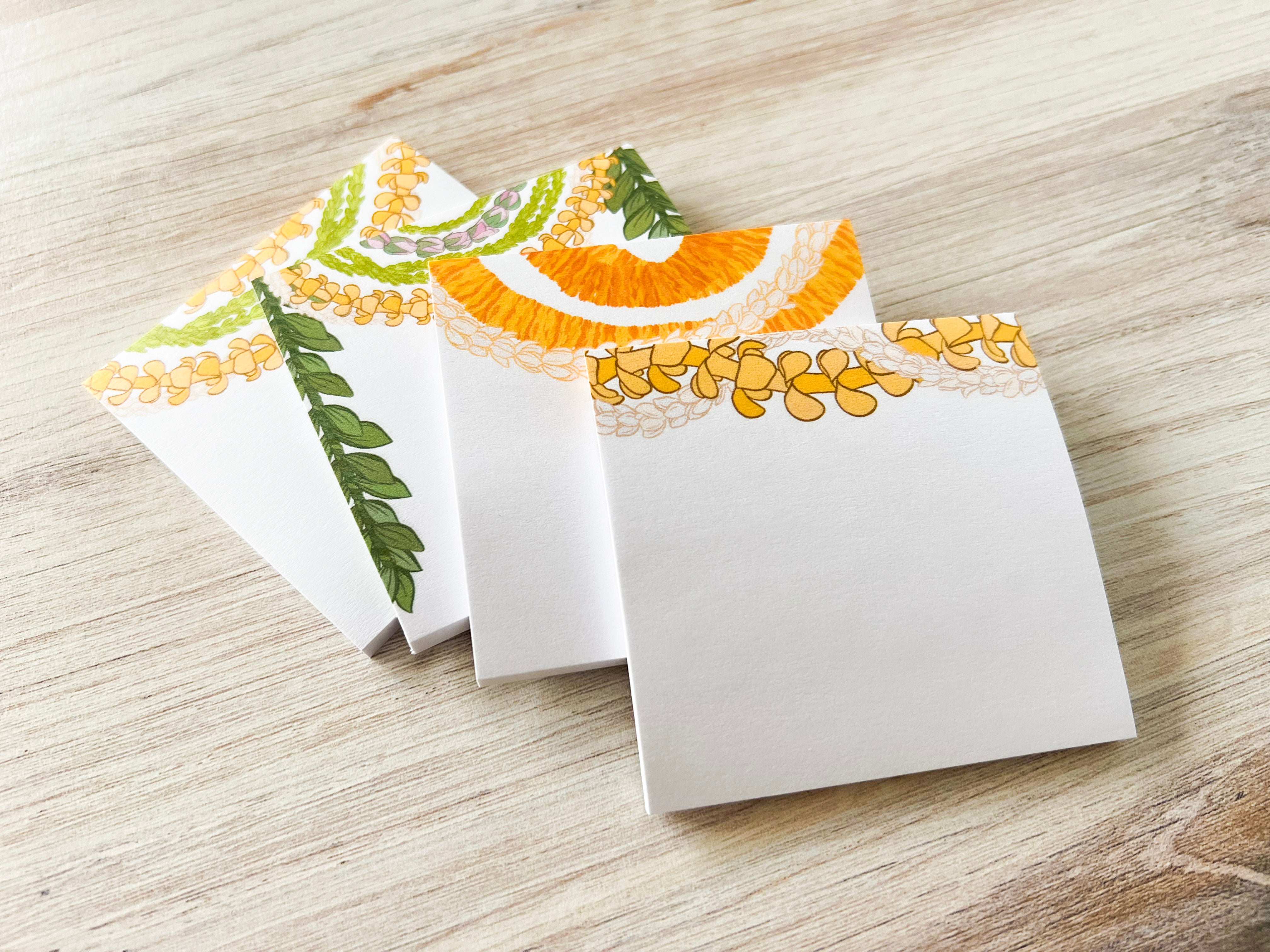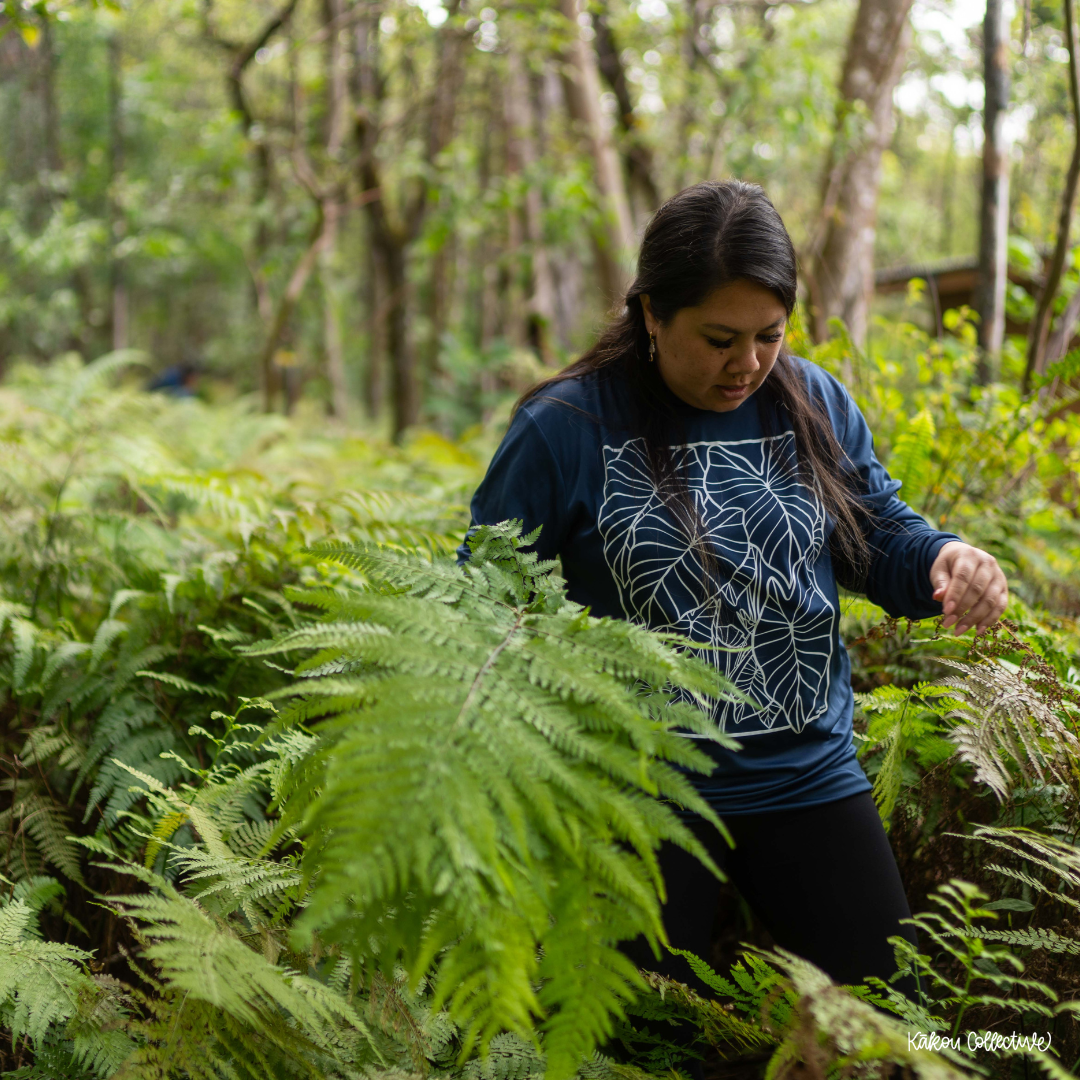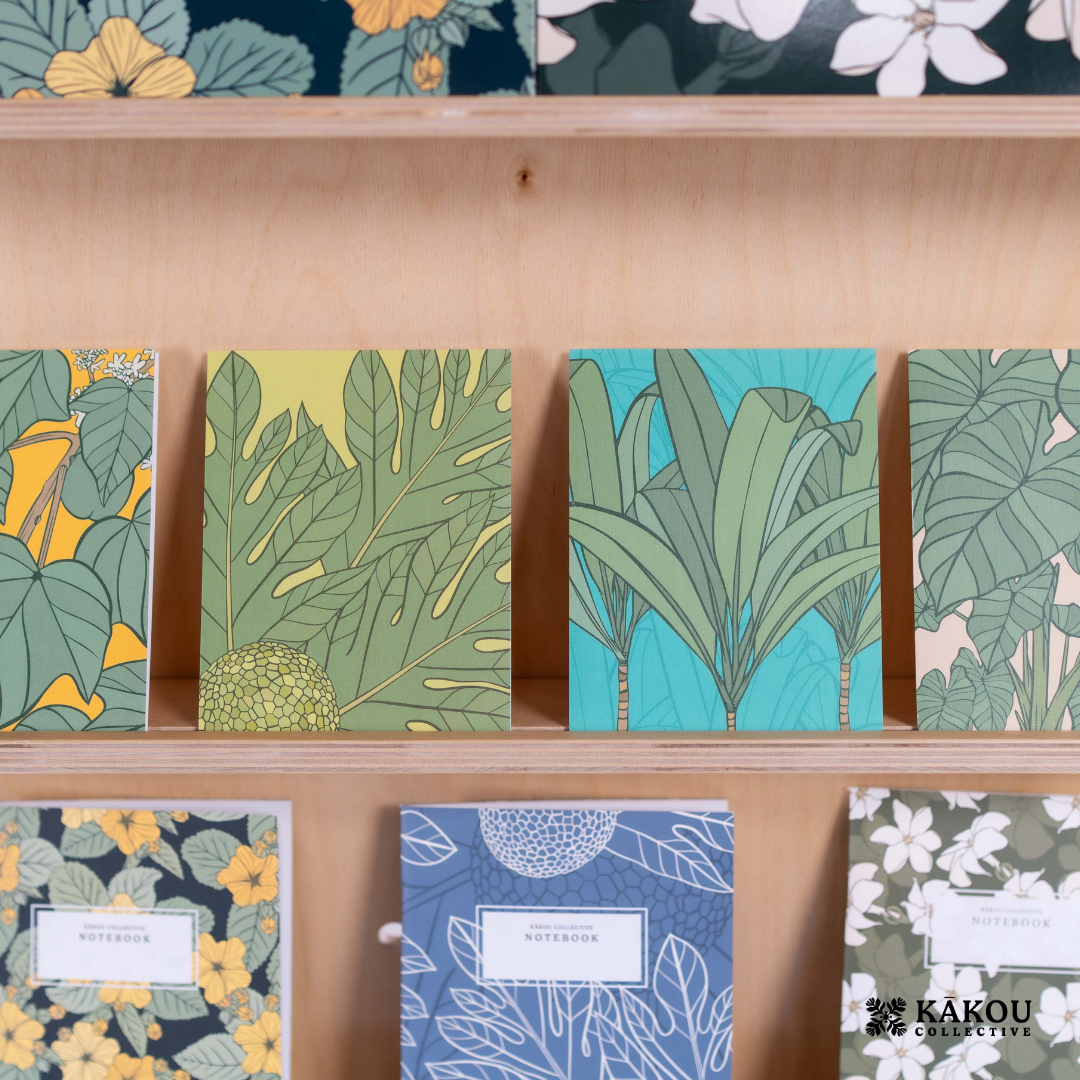Kakou Collective x Live Aloha Festival - Lāʻau Lapaʻau
Aloha,
We are so excited for our upcoming *first* out-of-state event of the year, the Live Aloha Hawaiian Cultural Festival in Seattle! If you missed our post on this amazing festival, check it out here!
This year, we had the honor of designing the artwork featured at the event. We are excited to finally share about this project! The theme for this year’s art is Lāʻau Lapaʻau. Lāʻau Lapaʻau refers to plants that were used medicinally and for healing. The plants that are going to be featured in the Live Aloha Hawaiian Cultural Festival art will be: Ko‘oko‘olau, Mamaki, Kī, and Kukui.
We had so much fun designing this and wanted to share a bit about why each of these lāʻau lapaʻau are so special:

Ko'oko'olau
Mamaki
Kī/Tī
Kukui
useful for poultices. Pounded nuts were even used as the base for a salve to cure sores and external ulcers. It’s no wonder early voyagers brought this handy plant along with them on their travels!
We hope you learned something new and interesting about these amazing lāʻau lapaʻau! If you will be in the Seattle area September 9 or 10, please stop by the Festival and say aloha to us! We would love to chat and say mahalo in person for being part of the Kākou Collective Hui!
Hope to see you there! A hui hou! (Until next time)
Mahalo to the resources that were used for this article:
1. Bishop Museum. “Online Database.” Bishop Museum - Ethnobotany Database, Bishop Museum, http://data.bishopmuseum.org/ethnobotanydb/ethnobotany.php?b=list&o=1
2. Chan, Kathy. “THE CANOE PLANTS OF HAWAII.” Onolicious Hawaiʻi, 21 Aug. 2020, onolicioushawaii.com/canoe-plants/.
3. “Guide to Selected Plants of the Māla Lā‘au Lapa‘au.” Department of Native Hawaiian Health , John A. Burns School of Medicine, University of Hawai‘i at Mānoa, oitwp02.jabsom.hawaii.edu/nhcoe/wpcontent/uploads/sites/56/2014/09/Mala-Directory-5x8-Narrow-Reprint-June-2014.pdf. Accessed 28 Aug. 2023.
4. Heaton, Thomas. “This Ancient Hawaiian Plant’s Popularity Has Soared. Not Everyone Is Pleased.” Honolulu Civil Beat, 6 Feb. 2022, www.civilbeat.org/2022/02/this-ancient-hawaiian-plants-popularity-has-soared-not-everyone-is-pleased/.
5. “Hui Ku Maoli Ola - Transforming Land Back To ‘Āina.” Hui Ku Maoli Ola Native Plant Nursery, Hui Ku Maoli Ola, http://hawaiiannativeplants.com/
6. “Kihene Kookoolau Tea.” Nā Mea Hawaiʻi, www.nameahawaii.com/products/ko%CA%BBoko%CA%BBolau-tea. Accessed 27 Aug. 2023.
7. “Kī (Ti).” Plants, Mānoa Heritage Center, 22 Feb. 2023, www.manoaheritagecenter.org/moolelo/polynesian-introduction-plants/ki-ti/.
8. “Ko`oko`olau (Bidens Amplectens).” Environmental Conservation Online System, U.S. Fish & Wildlife Service, ecos.fws.gov/ecp/species/6313. Accessed 27 Aug. 2023.
9. “Ko’oko’olau (Bidens Spp.).” Tropical Self Sufficiency, 26 Feb. 2018, tropicalselfsufficiency.com/kookoolau-bidens-spp/.
10. “Mamaki Tea.” Maui Medicinal Herbs, www.mauimedicinal.com/collections/mamaki. Accessed 27 Aug. 2023.
11. Sakovich, Nick. “Medicinal Teas of Hawaii: Mamaki and Ko’oko’olau.” Medicinal Teas of Hawaii: Mamaki and Ko’oko’olau, Garden Guy Hawaii, 7 Aug. 2021, www.gardenguyhawaii.com/2014/11/medicinal-teas-of-hawaii-mamaki-and.html.
12. “Ti Leaf: Canoe Plant of Ancient Hawai‘i.” Big Island Now, 4 Aug. 2016, bigislandnow.com/2016/08/04/ti-leaf-canoe-plant-of-ancient-hawaii/.


